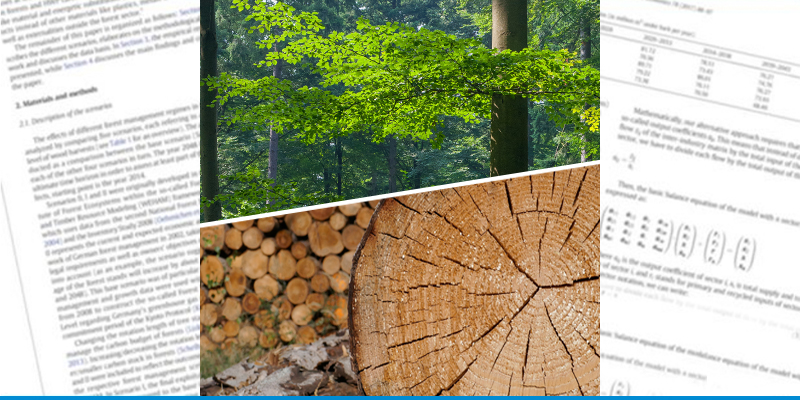In our article, recently published in Environmental Research Letters, we captured the current state of research on carbon pricing policies in forest sector models, compared technical modeling aspects, and outlined analytical uncertainties.
The major results of our research are:
- Most models applied combined carbon tax and subsidy schemes to value forest-based carbon credits. Notable differences exist in the system boundaries and carbon price pathways of implemented carbon pricing policies.
- Common issues of additionality, permanence, and leakage raised against forest-based mitigation measures are treated with varying intensity.
- The analyzed literature focuses on the Northern Hemisphere. Tropical and boreal regions, holding significant cost-effective mitigation potentials, are solely covered by global analyses in a less detailed way.
- Future forest sector modeling research would benefit from combining global and national approaches to analyze carbon pricing policies with other climate change mitigation measures.
- The simultaneous impact assessment of climate change and carbon pricing policies on forest dynamics and the wood product markets in future analyses will be crucial for obtaining more robust projections of climate change mitigation potentials in the forest sector. In doing so, the reliability of forest-based mitigation measures in global climate commitments could be increased.
- Honkomp T, Schier F (2024) Scoping review of carbon pricing systems in forest sector models. Environ Res Lett 19(1):013001, DOI:10.1088/1748-9326/ad101d
https://literatur.thuenen.de/digbib_extern/dn067298.pdf - Project:
The Bioeconomy and the Sustainable Development Goals of the United Nations (BioSDG)




![[Translate to English:] Logo des Bundesministerium für Ernährung und Landwirtschaft](/media/allgemein/logos/BMEL_Logo.svg)